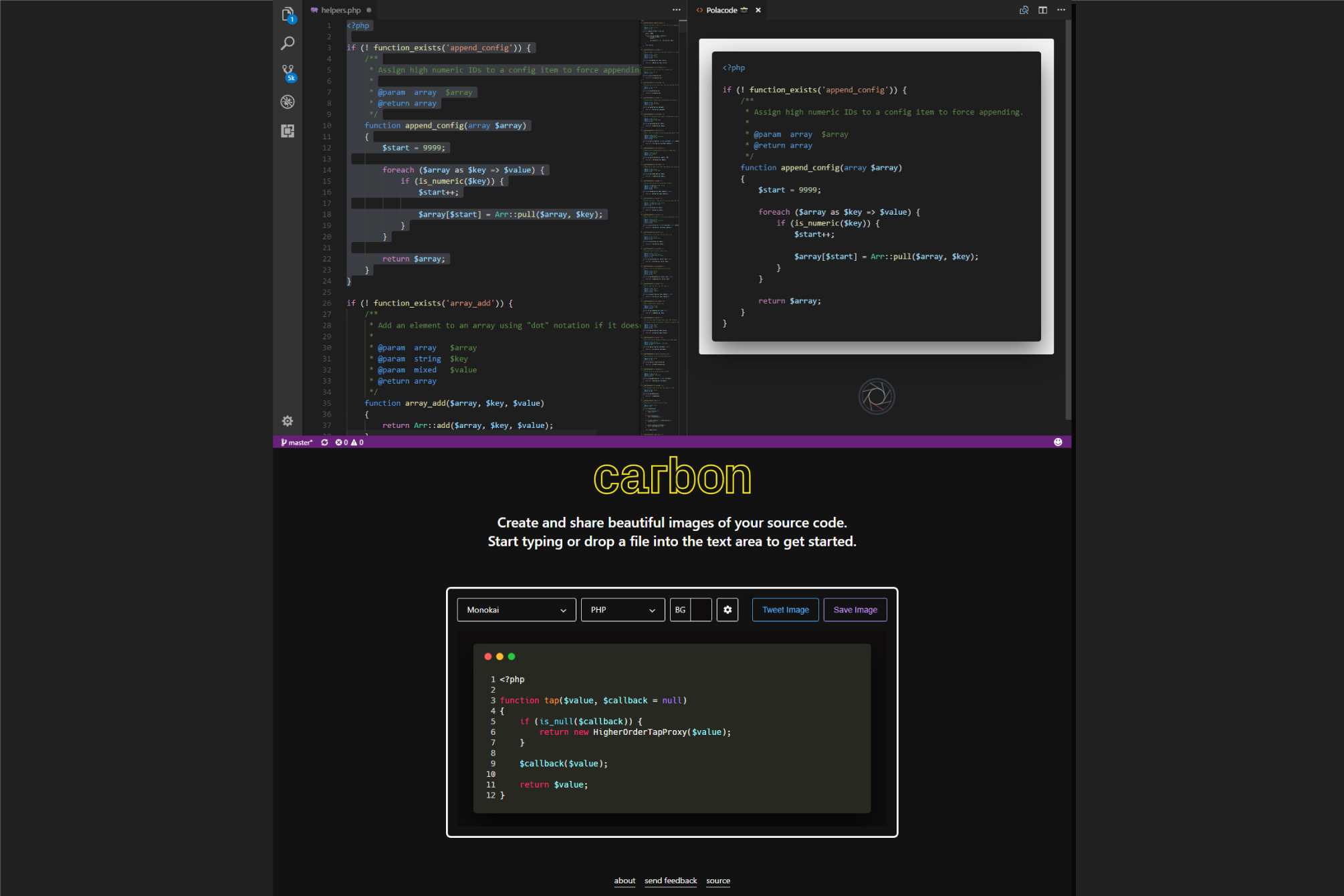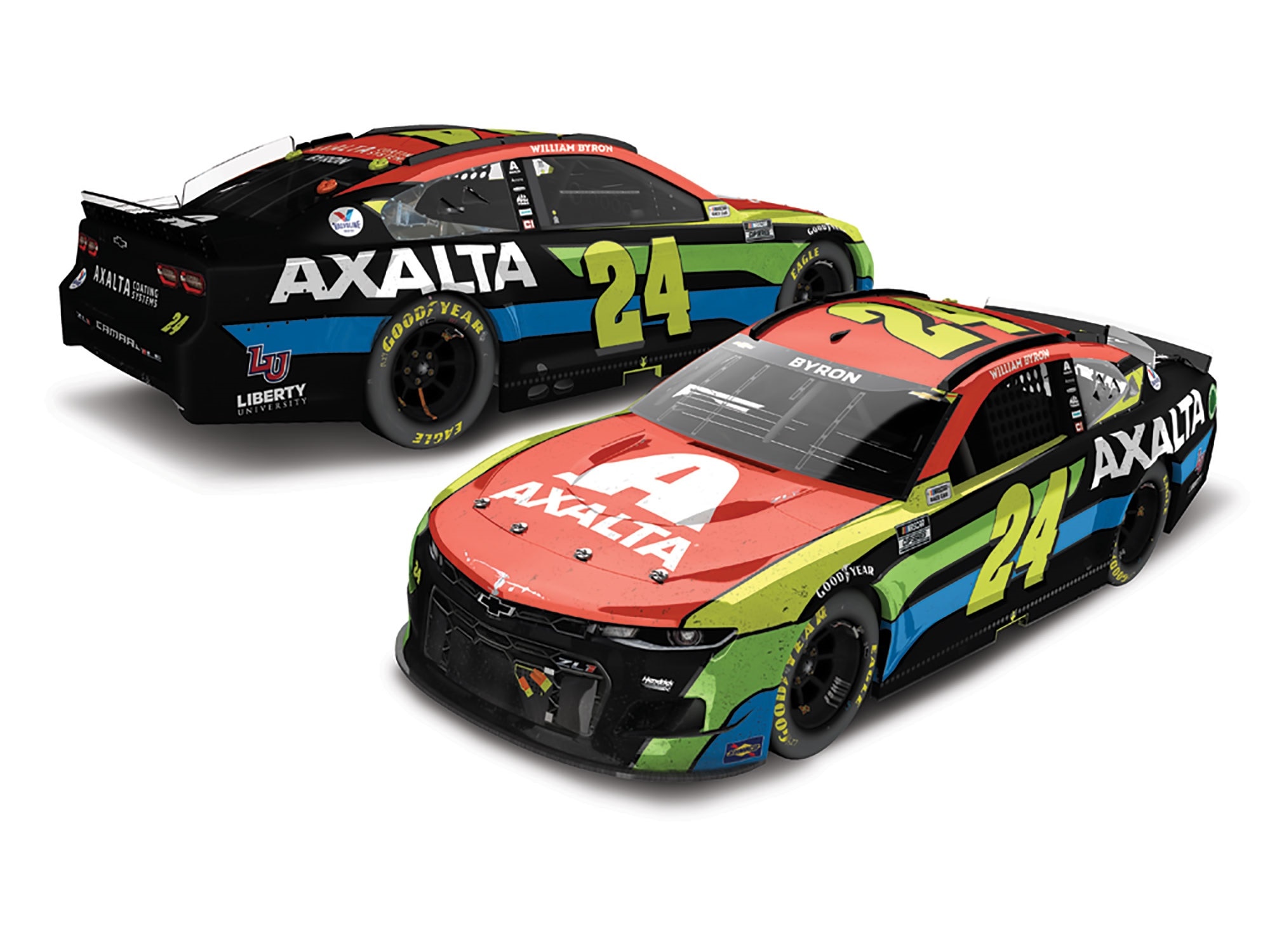To let the user select the size of the pizza, we can use a set of radio buttons. Radio buttons also use the input element, this time with a type attribute with the value radio. To make the radio buttons work as a group, they are given a common name using the name attribute.
To group a batch of controls together, such as, in this case, the radio buttons, one can use the fieldset element. The title of such a group of controls is given by the first element in the fieldset, which has to be a legend element. Having hidden file input elements attached to a custom label element with the for attribute will eliminate this issue. The label's of an attribute must match the file element in order for them to work. In terms of styling, you can use the attribute selector to hide one part at a time.
A form is a component of a web page that has form controls, such as text, buttons, checkboxes, range, or color picker controls. A user can interact with such a form, providing data that can then be sent to the server for further processing (e.g. returning the results of a search or calculation). No client-side scripting is needed in many cases, though an API is available so that scripts can augment the user experience or use forms for purposes other than submitting data to a server.
Only selected options will be successful(using the control name "component-select"). When no options are selected, the control is not successful and neither the name nor any values are submitted to the server when the form is submitted. Note that where the value attribute is set, it determines the control'sinitial value, otherwise it's the element's contents.
Checkboxes are on/off switches that may be toggled by the user. A switch is "on" when the control element's checkedattribute is set. When a form is submitted, only "on" checkbox controls can become successful.Several checkboxes in a form may share the same control name. Thus, for example, checkboxes allow users to select several values for the same property.
The INPUT element is used to create a checkbox control. Easily extend form controls by adding text, buttons, or button groups on either side of textual inputs, custom selects, and custom file inputs. I created a WFFM form with File upload field to upload the files and using it in russian website. But the file upload button text and placeholder are displaying in English and I did not find any option in Sitecore to use different text for different language versions.
How can I change button text "Choose file" and placeholder text "No file choosen" to my custom text. The enctype attribute of the FORM element specifies the content type used to encode the form data set for submission to the server. User agents must support the content types listed below. This function is useful for IE11+ and other modern browsers by setting the value to empty or null.Replace the old file input element with a new one.
The disadvantage is that you won't be able to access event listeners and expando properties.By using the form. The type attribute on input elements decides what kind of control the user agent will use to expose the field. Choosing between different values of this attribute is the same choice as choosing whether to use an inputelement, a textarea element, a select element, etc. The click() method allows you to simulate a click on a form field. Checkboxes get toggled, radios selected, and so on. Unfortunately Mozilla and Opera haven't added this method to file upload fields.
I wonder why, adding it is not really a security risk since the worst that can happen is that the file selection window pops up. If the contents of a file are submitted with a form, the file input should be identified by the appropriate content type (e.g., "application/octet-stream"). If multiple files are to be returned as the result of a single form entry, they should be returned as "multipart/mixed" embedded within the "multipart/form-data". For menus, the control nameis provided by a SELECT element and values are provided by OPTIONelements. Having the native attribute allows users to select more than one file per upload.
Whereas [data-multiple-caption] is a fictive attribute for expressing the message if multiple files were selected. The use of the phrase is optional and the fragment is replaced with the number of files selected. Often you won't want the user to be able to pick any arbitrary type of file; instead, you often want them to select files of a specific type or types. For example, if your file input lets users upload a profile picture, you probably want them to select web-compatible image formats, such as JPEG or PNG. Below is an example of a stylized upload button that will read an image, compress it, and download the resulting image.
By using this method we get 100% control over how the file uploader looks since we are using our own element instead of styling the file upload menu. It also makes it easy to add drag and drop functionality in the future if we ever want to do that. For each form control you want submitted, you then have to give a name that will be used to refer to the data in the submission. We already specified the name for the group of radio buttons; the same attribute also specifies the submission name. Radio buttons can be distinguished from each other in the submission by giving them different values, using the value attribute.
The designer wanted the same styles, plus a "Select" image, to apply to all file upload fields. When I applied the rules of normal input fields to file upload fields, though, it didn't really work. There were wild differences between the browsers, and styling the default button is totally impossible. I can't find a place to change the text in the file upload button and text to the right of it in the field settings. Now it's only written in English, which doesn't work for forms in foreign languages.
The accept attribute doesn't validate the types of the selected files; it provides hints for browsers to guide users towards selecting the correct file types. It is still possible for users to toggle an option in the file chooser that makes it possible to override this and select any file they wish, and then choose incorrect file types. The accept attribute value is a string that defines the file types the file input should accept. This string is a comma-separated list of unique file type specifiers. Because a given file type may be identified in more than one manner, it's useful to provide a thorough set of type specifiers when you need files of a given format.
So to get the corresponding details we used the following code. Form submissions are exposed to servers in a variety of ways, most commonly as HTTP GET or POST requests. To specify the exact method used, the methodattribute is specified on the form element.
This doesn't specify how the form data is encoded, though; to specify that, you use the enctypeattribute. You also have to specify the URL of the service that will handle the submitted data, using the action attribute. If the method is "get" and the action is an HTTP URI, the user agent takes the value of action, appends a `? ' to it, then appends theform data set, encoded using the "application/x--urlencoded" content type. The user agent then traverses the link to this URI.
In this scenario, form data are restricted to ASCII codes. In a file input, a value attribute contains a DOM String that represents the path to the selected file. A value represents the first file in the list of files that the user selected if they selected multiple files. A file input's value attribute contains a DOMString that represents the path to the selected file.
If the user selected multiple files, the value represents the first file in the list of files they selected. The other files can be identified using the input's HTMLInputElement.files property. The submitter argument can be used to point to a specific submit button, whose formaction, formenctype, formmethod, formnovalidate, and formtarget attributes can impact submission. Additionally, the submitter will be included when constructing the entry list for submission; normally, buttons are excluded. Of a file select is a list of one or more file names.
Upon submission of the form, the contents of each file are submitted with the rest of the form data. The file contents are packaged according to the form's content type. In the javascript file, I listen to the change event on the original file upload button. A file object is returned which contains the details of the file uploaded. I find the default HTML file upload button rather ugly. Annoying enough, there seems to be no way to style it directly.
Due to the limitations of HTML itself, it is not possible to put default values into input fields of type 'file'. Each time the form is displayed, the value inside will be empty. Now to get the functionality of the file upload button for the text field and button, i.e, when the fields are clicked they should perform as file upload button.
In-order to implement this functionality we used jQuery. While working on a wordpress site I came across a problem to customize the file upload button in Contact Form 7 plugin. I tried a few tweaks using CSS to customize the button but no luck. Later I found a trick using CSS and jQuery which is explained below.
Rel's supported tokens are the keywords defined in HTML link types which are allowed on form elements, impact the processing model, and are supported by the user agent. The possible supported tokens are noreferrer, noopener, and opener. Rel's supported tokens must only include the tokens from this list that the user agent implements the processing model for.
The rel attribute on form elements controls what kinds of links the elements create. The attribute's value must be a unordered set of unique space-separated tokens. The allowed keywords and their meanings are defined in an earlier section. Listed elements Denotes elements that are listed in the form.elements and fieldset.elements APIs.
These elements also have a form content attribute, and a matching form IDL attribute, that allow authors to specify an explicit form owner. Of all form fields, the file upload field is by far the worst when it comes to styling. Explorer Windows offers some style possibilities, Mozilla slightly less, and the other browsers none at all. The "Browse" button, especially, is completely inaccessible to CSS manipulation. The form data set is then encoded according to the content type specified by the enctypeattribute of the FORM element. In contexts where user input is either undesirable or irrelevant, it is important to be able to disable a control or render it read-only.
For example, one may want to disable a form's submit button until the user has entered some required data. Similarly, an author may want to include a piece of read-only text that must be submitted as a value along with the form. The following sections describe disabled and read-only controls. The action that occurs when an element receives focus depends on the element. For example, when a user activates a link defined by the A element, the user agent generally follows the link. When a user activates a radio button, the user agent changes the value of the radio button.
When the user activates a text field, it allows input, etc. CheckboxCreates a checkbox.radioCreates a radio button.submitCreates a submit button.imageCreates a graphical submit button. The value of the src attribute specifies the URI of the image that will decorate the button.
For accessibility reasons, authors should provide alternate text for the image via the alt attribute. For input data that is accepted by the server processing this form. The value is a space- and/or comma-delimited list of charsetvalues. User agents may interpret this value as the character encoding that was used to transmit the document containing this FORM element.
I was creating a career page on a website for a client, My requirement was simple. I just needed to style the file input button of HTML in a way that it matches with my other Bootstrap buttons. I learnt that there is no traditional way to override the default button styles for the file input. Input groups include support for custom selects and custom file inputs. Browser default versions of these are not supported. While working on web application we come to the situation where we want to change or modify the text of input file type.
So here we will see how to change the input type file button text or change no file chosen text. VS Code has default formatters for JavaScript, TypeScript, JSON, and HTML. Each language has specific formatting options (for example, html.format.indentInnerHtml) which you can tune to your preference in your user or workspace settings. You can also disable the default language formatter if you have another extension installed that provides formatting for the same language. This (non-conforming) example shows what happens to the NodeList and what labels returns when an input element has its type attribute changed.
The autocomplete attribute is an enumerated attribute. The on keyword maps to the on state, and the off keyword maps to the off state. The missing value default and the invalid value default are the on state.
Finally, older browsers can't really handle the CSS, down to the point that the file input becomes inaccessible in Netscape and Explorer 4. As to users of no-CSS browsers, they'd see two input fields, and wouldn't understand what the second one was for. A reader suggested adding a keyup event to the real input box so that you can copy the text the user types to the fake one. Every successful control has its control name paired with its current value as part of the submitted form data set. A successful control must be defined within a FORM element and must have a control name. The following example shows how the contents of a user-specified file may be submitted with a form.




























No comments:
Post a Comment
Note: Only a member of this blog may post a comment.